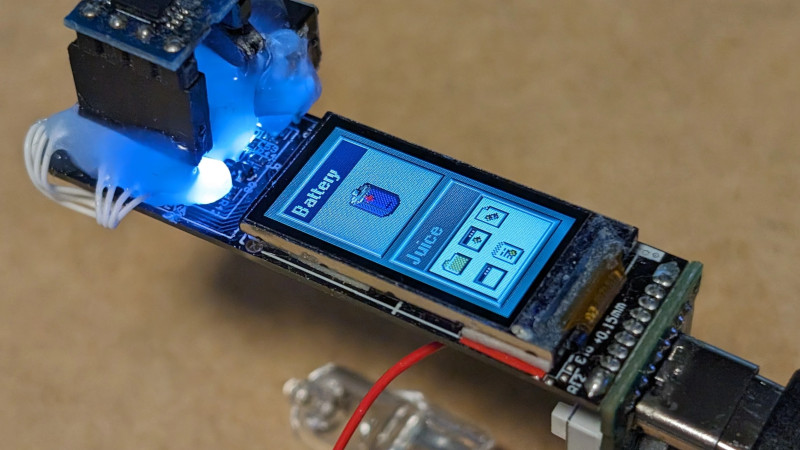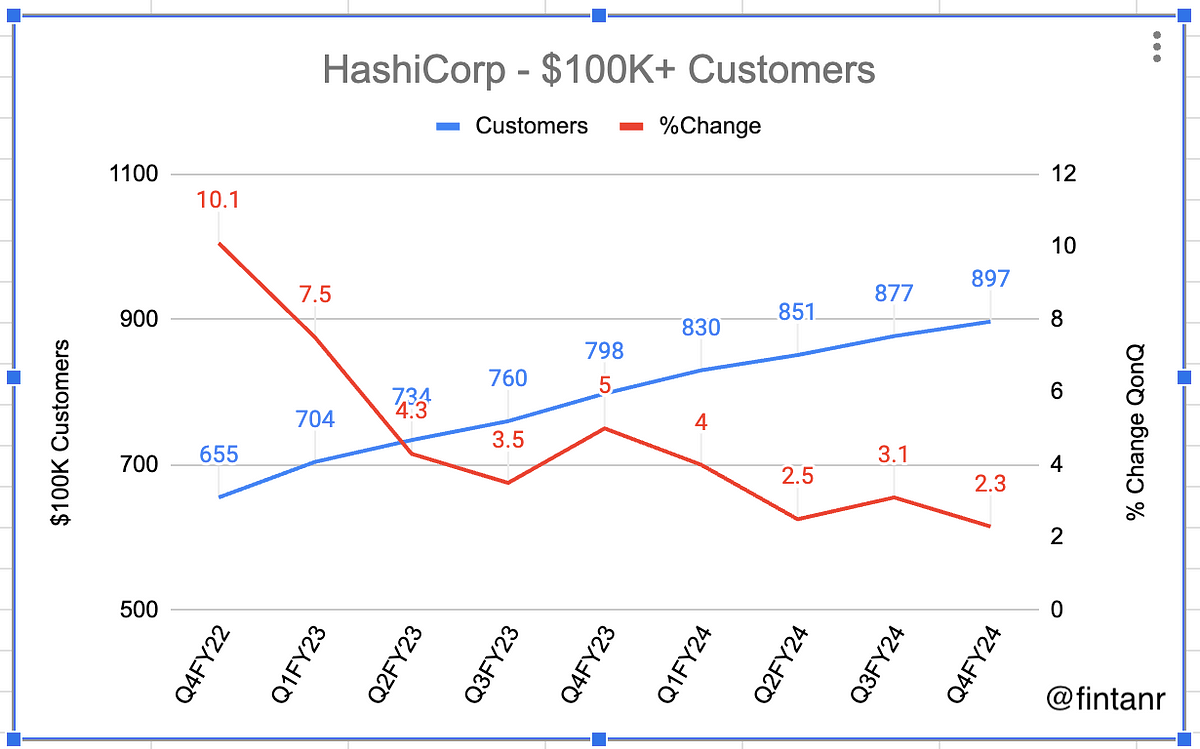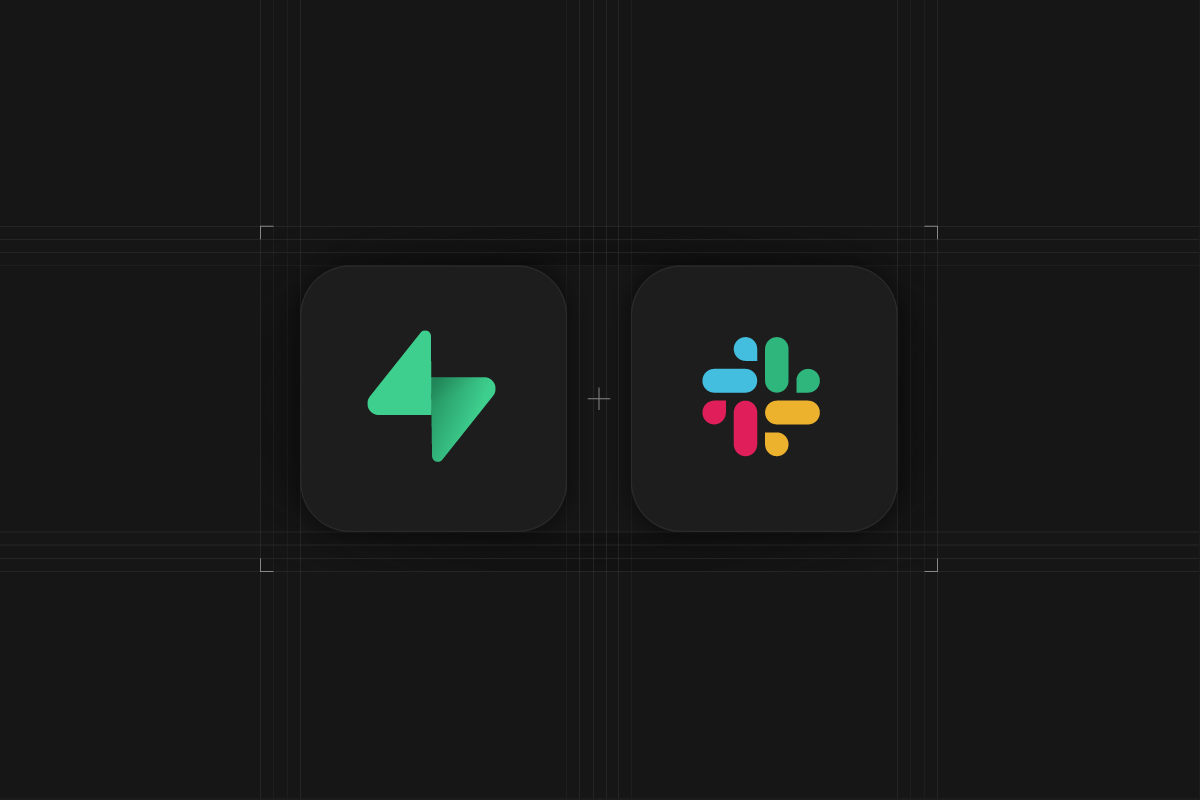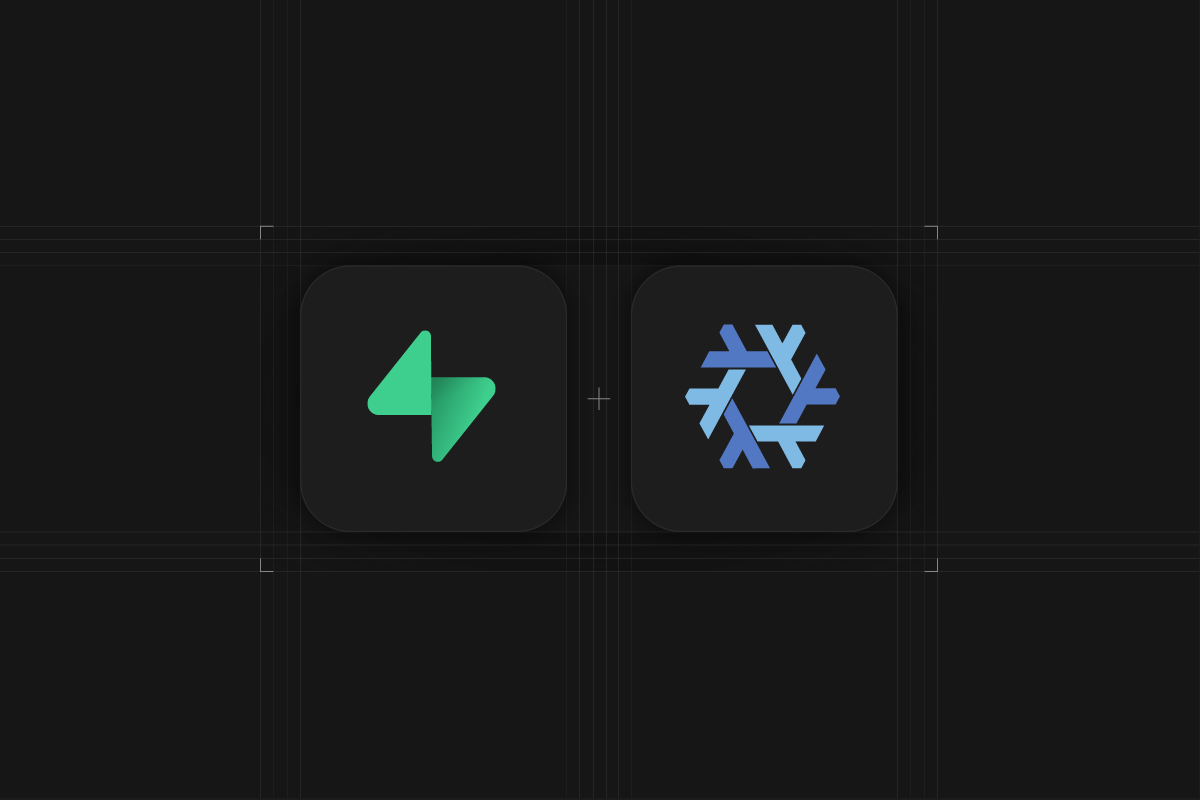
Understanding the Node.js Event Loop
In the browser, the event loop coordinates the execution of code between the call stack, web APIs, and the callback queue. Node.js, however, implements its own "Node.js event loop," which is different from the regular "JavaScript event loop." How confusing!
The Node.js event loop follows many of the same patterns as the JavaScript event loop but works slightly differently, as it doesn't interact with the DOM but does deal with things like input and output (I/O).
In this article, we'll dive into the theory behind the Node.js event loop and then look at a few examples using setTimeout, setImmediate, and process.nextTick. We'll even deploy some working code to Heroku (an easy way to quickly deploy apps) to see it all in action.
The Node.js event loop coordinates the execution of operations from timers, callbacks, and I/O events. This is how Node.js handles asynchronous behavior while still being single-threaded. Let's look at a diagram of the event loop below to get a better understanding of the order of operations:
It's interesting to note that process.nextTick isn't mentioned anywhere in any of these phases. That's because it's a special method that's not technically part of the Node.js event loop. Instead, whenever the process.nextTick method is called, it places its callbacks into a queue, and those queued callbacks are then "processed after the current operation is completed, regardless of the current phase of the event loop" (Source: Node.js event loop docs).
Leave a Comment
Related Posts

It's time to decentralize the internet, again: What was distributed is now centralized by Google, Facebook, etc
Comment



















